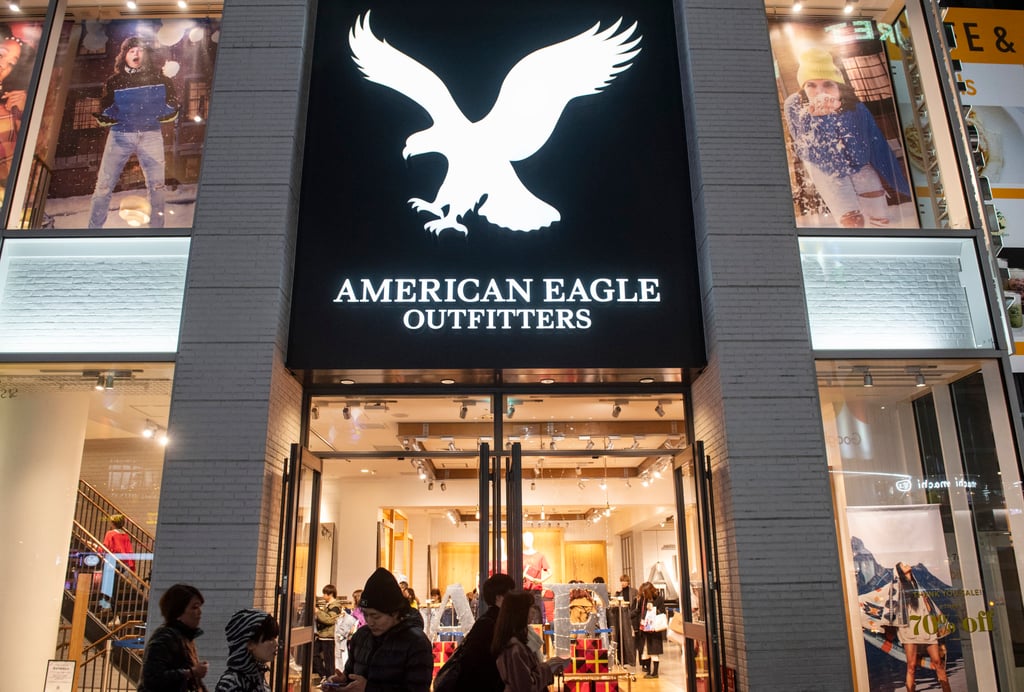Ikea, Shein, Zara all learned the hard way: why the Japanese market is a tough nut to crack, and expert tips on doing so
- Many retailers have failed to establish a foothold in the Japanese market, though some successfully do so after adjusting their strategies and trying again
- Industry insiders break down the difficulties, from partnerships and government regulations to local tastes, and give tips on the best steps to success

A number of successful foreign retailers have famously flopped in their initial attempts to establish a foothold in Japan, with some of the biggest names withdrawing from a potentially lucrative market – but one fraught with idiosyncrasies.
And while Japanese ministries do not resist foreign fashion firms entering the market, analysts say that local legal requirements must be met and there is a subtle preference for domestic companies in the sector.

“There has been promotion of local champions, of course, going back to significant backing of [retail company] Fast Retailing in the 1990s after Gap entered the market in 1994, via Mitsubishi Shoji,” says Michael Causton, co-founder of research firm JapanConsuming and an expert on Japanese distribution and marketing.
“You see the same patterns with [furniture store] Nitori when Ikea returned here in 2006 and then Workman when Decathlon started pushing in from 2017-2018,” he adds. “But the support is very background and more in the form of proxies – like the big trading firms, especially Mitsubishi, Mitsui and Itochu – providing generous financing and OEM [original equipment manufacturer] support to help expansion faster to reach scale.